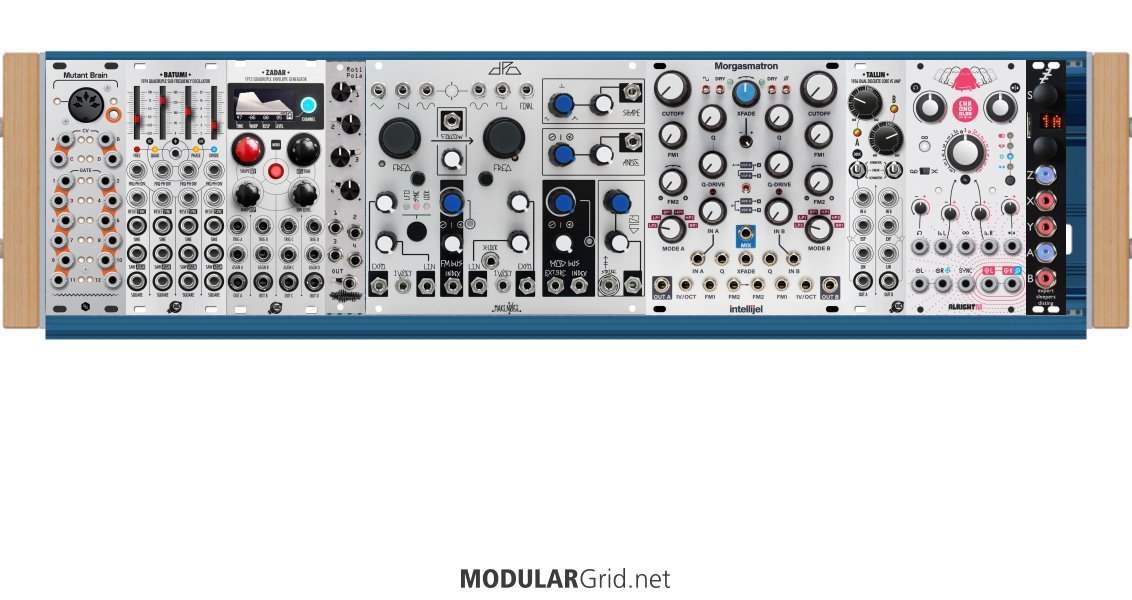One thing to be clear about is this: there is no way to build a Eurorack that’s cheap AND capable.
Often you hear that a semi modular is a good entry point, as it will come with the essentials included. Not a bad start, but it may come down to how you want to integrate your Eurorack.
If you plan on using the DFAM as a sequencer, that’s one thing. If you want to use the Digitakt, then you’ll need a MIDI to CV module. Audio is at a much higher level, so you probably would want to consider an audio output module (unless the DFAM can accept 10V audio).
Module math: a cheap module is more expensive in the end.
Case in point is your STO, which runs you $199. It’s a single OSC. Now compare it to the DPO, where for $599 you not only get two OSC, but also internal sync and FM, but a waveshaper/folder to boot, so you’ll have to compare that cost to a dual STO + uFold or Fold Processor, where you’re now at the same cost, but still not quite the same function.
It’s even more obvious if you look at a quad LFO vs “cheap” 2hp LFO solutions.
But it always comes down to subtle differences in function (STO has a sub, DPO doesn’t).
For analog VCOs, I would recommend to look for dual VCOs or those single VCOs that can easily be synced. Beyond that, you might find wavetable digital OSCs interesting. Plaits is nice, so are many of the Noise Engineering modules, such as the Ataraxic Iteritas or Loquelic Iteritas.
Maths was among the first two modules I ever bought. As a straight up envelope generator or LFO, it doesn’t really convince. I’ve honestly put it aside for now, as it requires time to dedicate to it to make proper use of it. At the outset, I would suggest to go with simpler, but high function density modules. I’m a big fan of the XAOC Batumi + Zadar combo, which gives you Four LFOs and Envelopes (the latter loopable on timescales up to almost a hour). In a small system that gives you a lot of modulation power.
Add a multi mode filter and some FX and voila:


